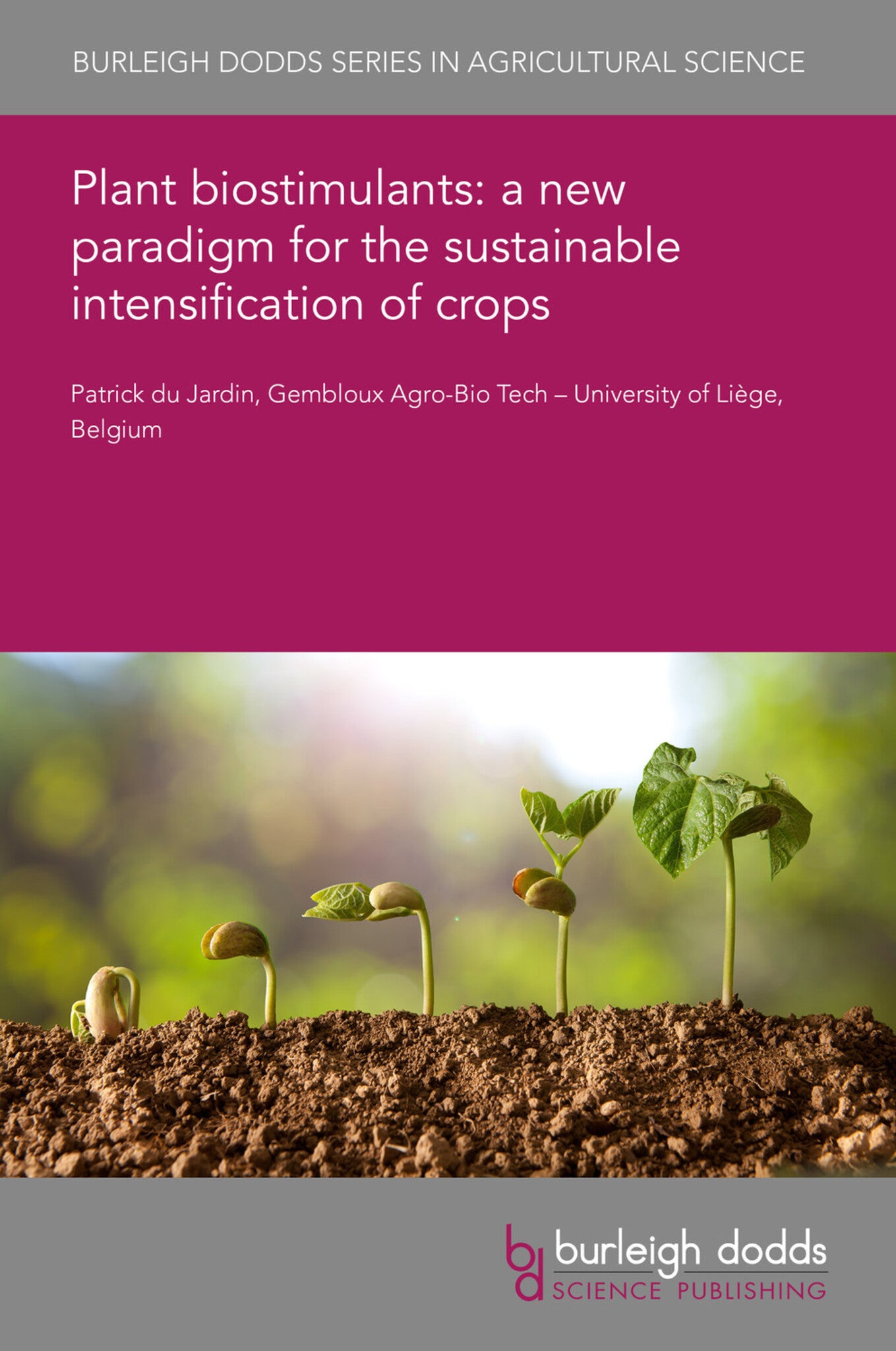We're sorry. An error has occurred
Please cancel or retry.
Plant biostimulants: a new paradigm for the sustainable intensification of crops

Some error occured while loading the Quick View. Please close the Quick View and try reloading the page.
Couldn't load pickup availability
- Format:
-
27 July 2020


TECHNOLOGY & ENGINEERING / Agriculture / Sustainable Agriculture, Sustainable agriculture, TECHNOLOGY & ENGINEERING / Agriculture / Agronomy / Crop Science, TECHNOLOGY & ENGINEERING / Agriculture / Organic, Organic farming, Agronomy and crop production

1 Introduction 2 The establishment of the term ‘biostimulant’ 3 Plant biostimulants as functional ingredients of fertilizing products 4 Identifying the bioactive constituents of plant biostimulants 5 Microbial biostimulants 6 Conclusion 7 Acknowledgements 8 Where to look for further information 9 References



